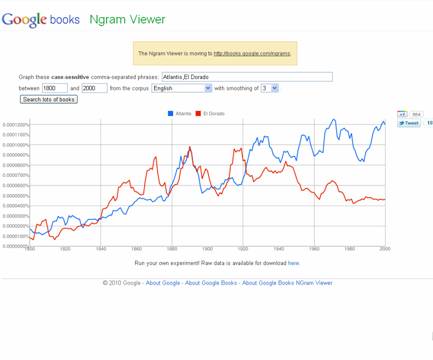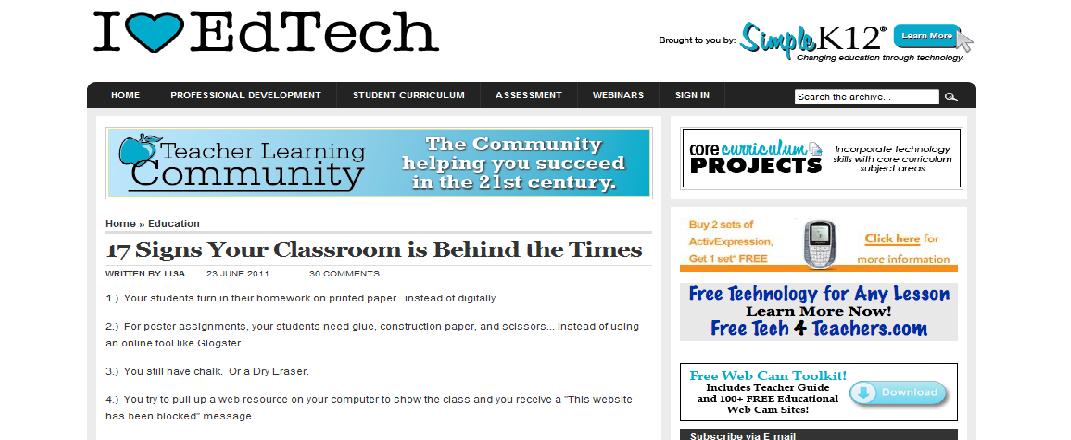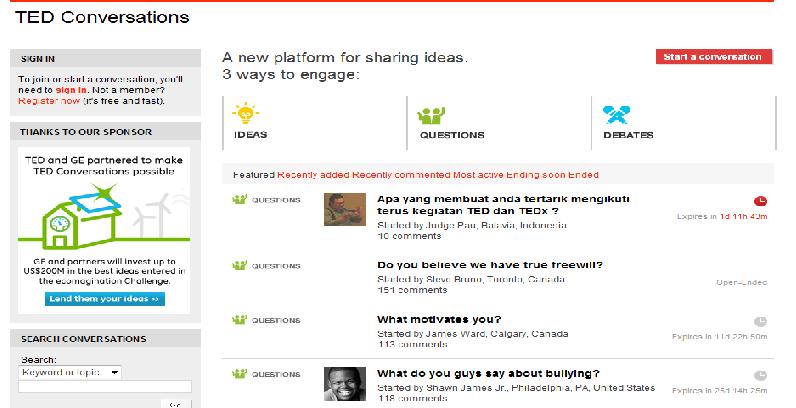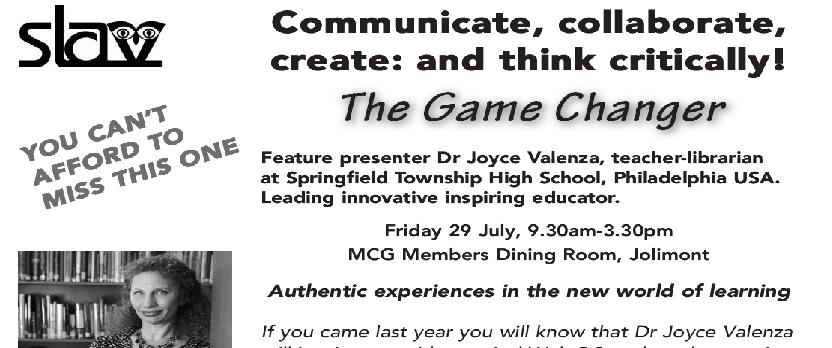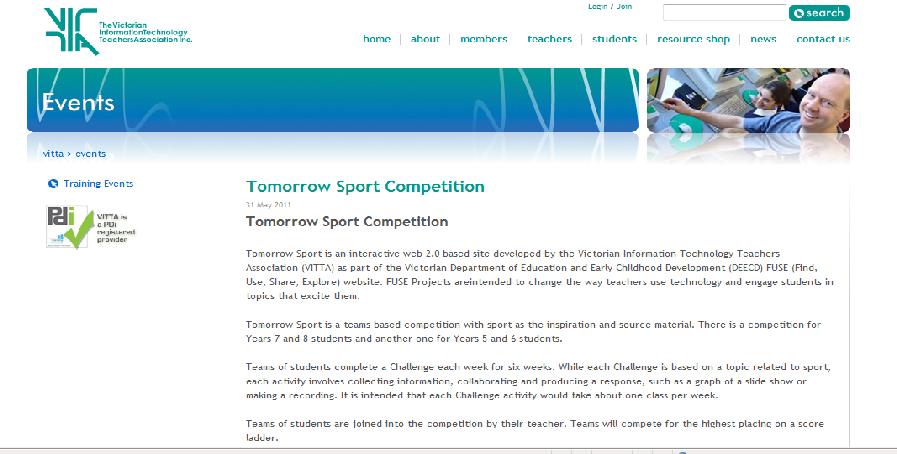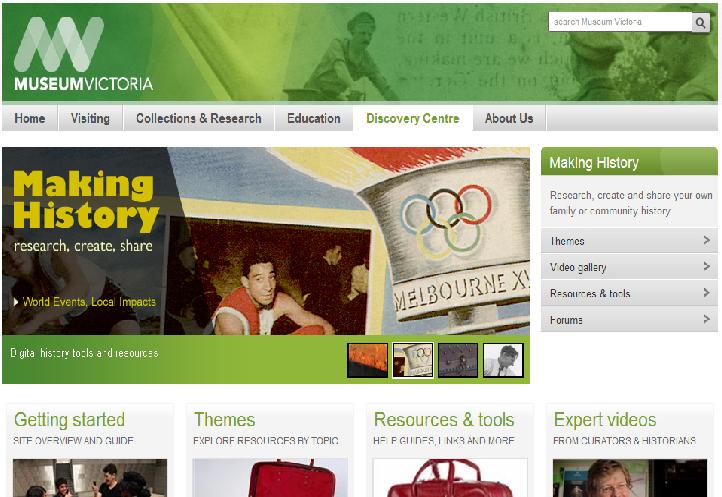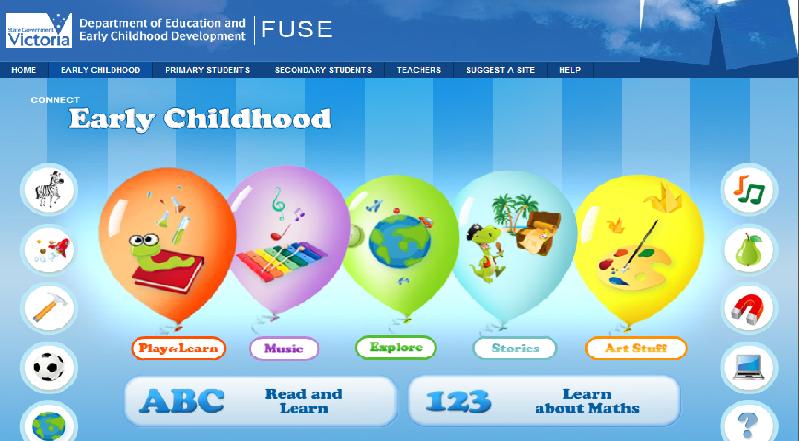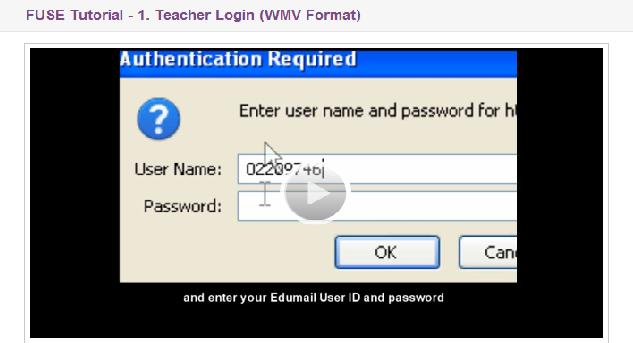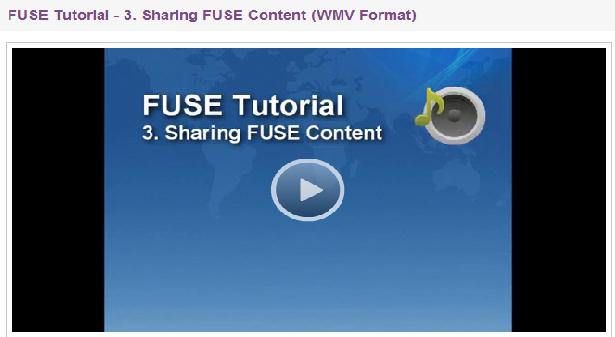Google’s new social networking site Google+ is similar to Facebook but includes features that have a range of professional applications for schools and libraries.
Circles let you group friends together and post, chat and video conference with them exclusively, effectively making a private channel. Just as you can create a circle for your family or close friends, you can set up circles for staff from different subject areas, schools or even based on projects you’re working on with schools in other parts of the world.
Hangouts let you video conference with a group of people in real time. This has obvious uses when connecting to people in other schools, cities or countries.
At this stage Google+ is still in beta so it’s only available to people over the age of 18 with a Gmail account. Google has stated that they plan to test the platform for security so that they can open the network to all people over the age of 13. When students can access the service, circles and hangouts could be an incredibly useful way for educators to engage with students in a social media environment.


